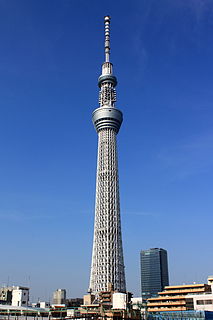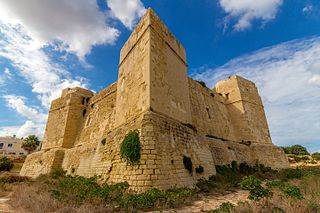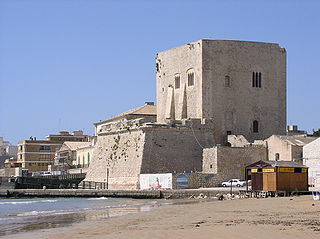
Sicily is the largest island in the Mediterranean Sea and one of the 20 regions of Italy. It is one of the five Italian autonomous regions, in Southern Italy along with surrounding minor islands, officially referred to as Regione Siciliana.
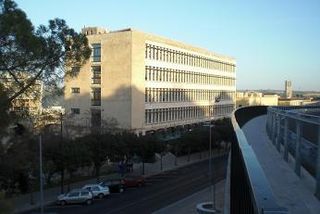
The Province of Ragusa is a province in the autonomous region of Sicily in southern Italy, located in the south-east of the island. Following the suppression of the Sicilian provinces, it was replaced in 2015 by the Free municipal consortium of Ragusa. Its capital is the city of Ragusa, which is the most southerly provincial capital in Italy.

The Barbary pirates, sometimes called Barbary corsairs or Ottoman corsairs, were Ottoman and Maghrebi pirates and privateers who operated from North Africa, based primarily in the ports of Salé, Rabat, Algiers, Tunis, and Tripoli. This area was known in Europe as the Barbary Coast, a term derived from the name of its ethnically Berber inhabitants. Their predation extended throughout the Mediterranean, south along West Africa's Atlantic seaboard and into the North Atlantic as far north as Iceland, but they primarily operated in the western Mediterranean. In addition to seizing merchant ships, they engaged in Razzias, raids on European coastal towns and villages, mainly in Italy, France, Spain, and Portugal, but also in the British Isles, the Netherlands, and as far away as Iceland. The main purpose of their attacks was to capture Christian slaves for the Ottoman slave trade as well as the general Arab slavery market in North Africa and the Middle East.
San Giorgio, is the Italian form of Saint George. When used as the name of a person it is frequently contracted to Sangiorgio.
The island of Capri is situated in the Gulf of Naples, between the Italian Peninsula and the islands of Procida and Ischia. Made of limestone, its lowest part is at the center, while its sides are high and mostly surrounded by steep precipices, which contain numerous caves. Its topography is dominated by the slopes of the Monte Solaro in the West and Mont-Saint-Michel in the East.

The County of Modica was a feudal territory within the Kingdom of Sicily from 1296 to 1812. Its capital was Modica, on the southern tip of the island, although the cities of Ragusa and Scicli housed some government offices for a period. Today it perpetuates as a title only held by the head of the House of Alba, Carlos Fitz-James Stuart, 19th Duke of Alba.
The Wignacourt towers are a series of large coastal watchtowers built in Malta by the Order of Saint John between 1610 and 1620. A total of six towers of this type were constructed, four of which survive.

The Genoese towers in Corsica are a series of coastal defences constructed by the Republic of Genoa between 1530 and 1620 to stem the attacks by Barbary pirates.
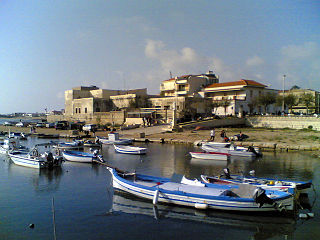
Punta Secca, locally nicknamed ’A Sicca, is a small southern Italian fishing village and hamlet (frazione) of Santa Croce Camerina, a municipality in the Province of Ragusa, Sicily. In 2011 it had a population of 226.

Vignazza Tower is a 16th-century coastal watchtower in Giardini Naxos, Sicily. Today, the tower is in good condition.

Marittima is a hamlet of the Diso municipality in the province of Lecce.

Garzes Tower, also known as Saint Martin's Tower, was a watchtower built in Mġarr, Gozo by the Order of Saint John in 1605. It was named after Martin Garzez, the Grand Master who financed its construction, even though it was eventually built after his death during the Magistry of Alof de Wignacourt. The tower was demolished in the 19th century, some remains were reused for the building of a bridge, and the site was developed with a hotel.

Ligny Tower is a coastal watchtower in Trapani, Sicily. It was built between 1671 and 1672 at a strategic position on the city's western coast. Today, the tower is in good condition, and it is open to the public as an archaeological museum.

The Fortezza del Tocco is a fort in Acireale, Sicily. It was built in the 16th century to defend the city from attacks by pirates.

Castillo de San Buenaventura is a defense tower located in Caleta de Fuste, a small town on the island of Fuerteventura, Canary Islands, Spain. It is also known as "Castillo de Caleta de Fuste", and the tower was recognized as historic-artistic monument in 1949.
